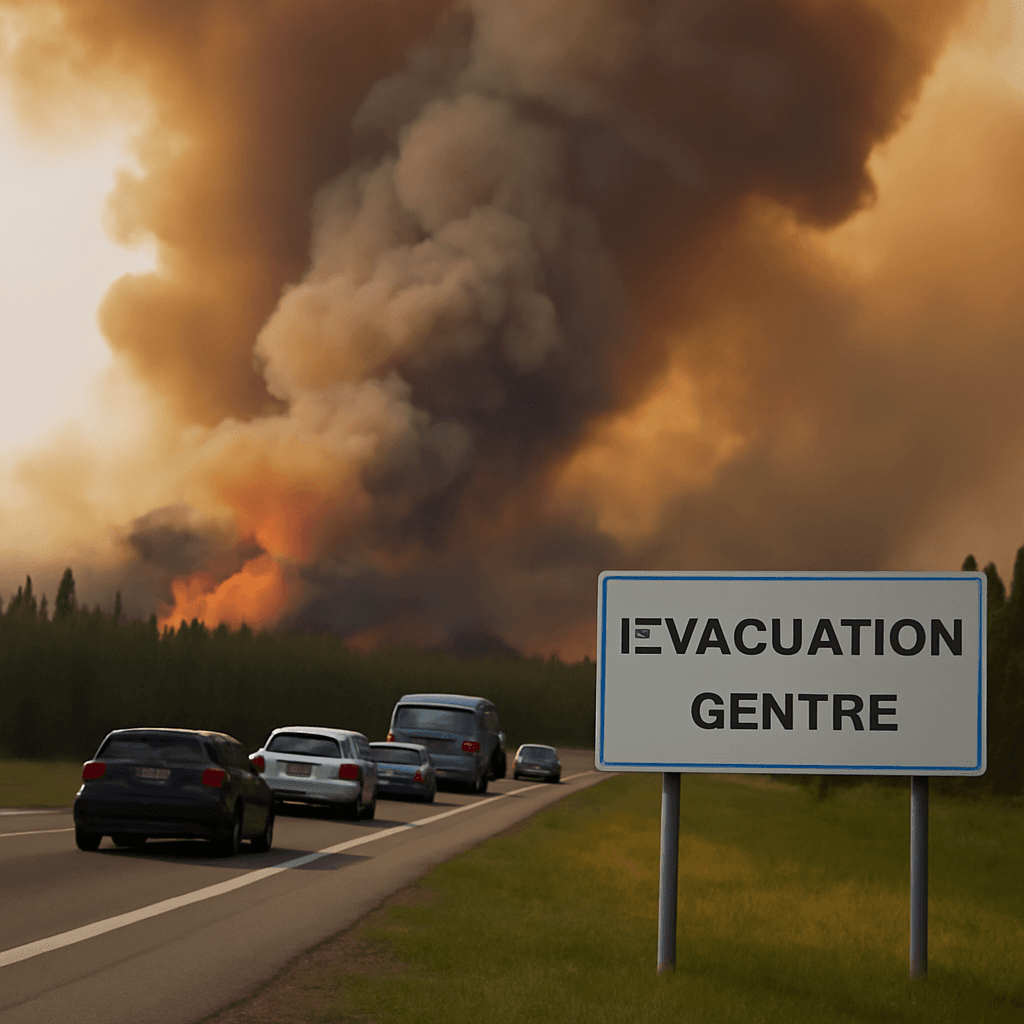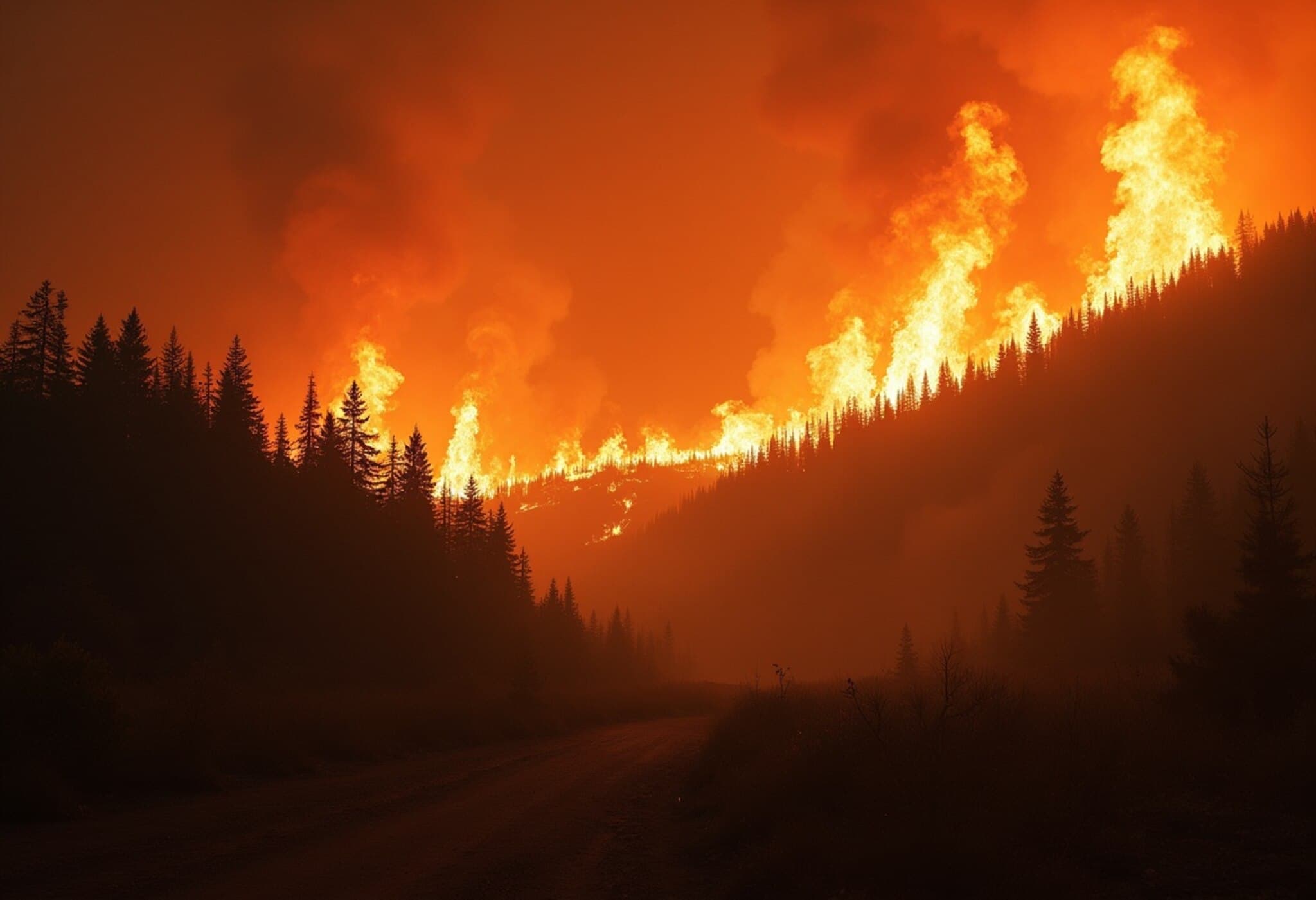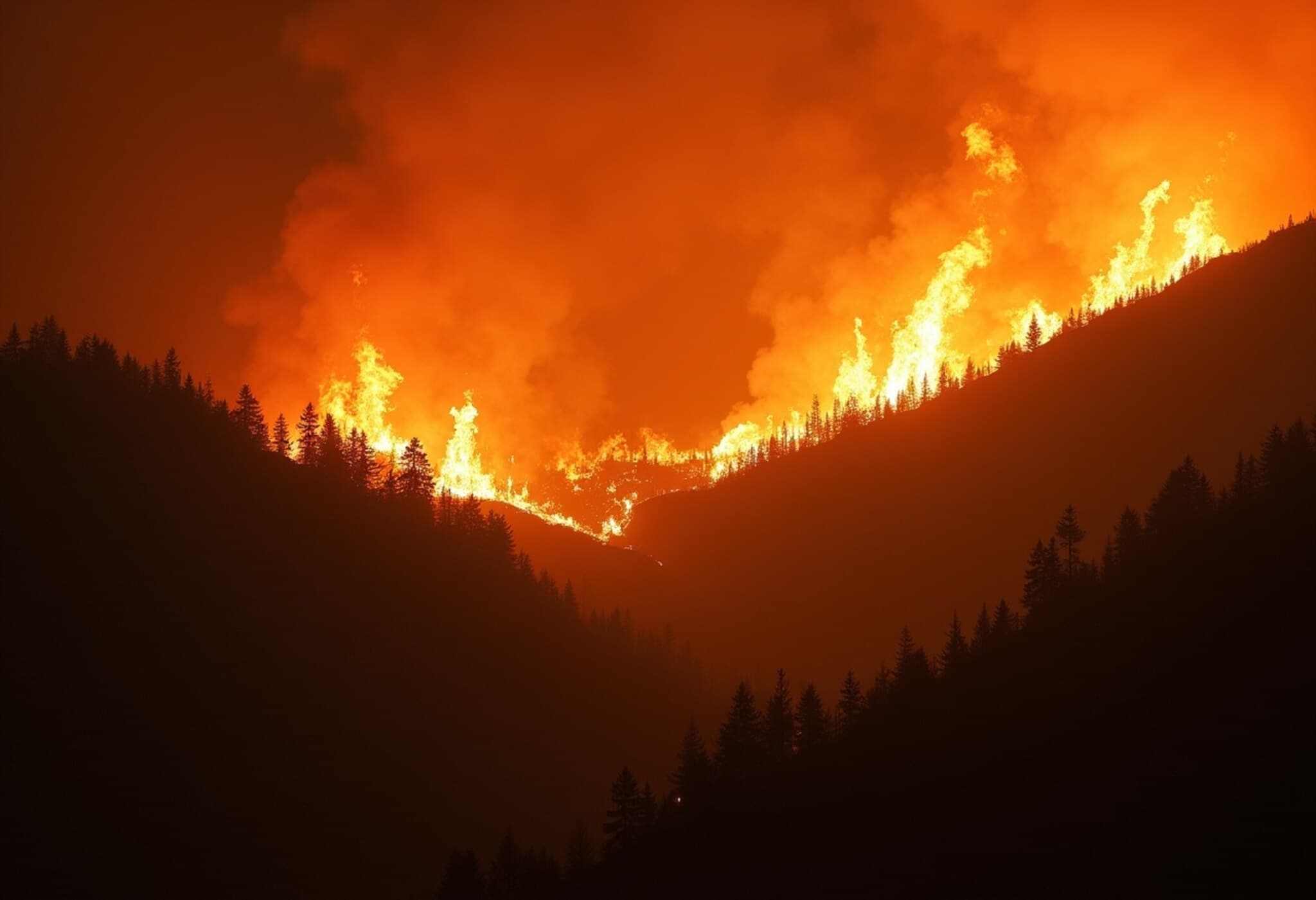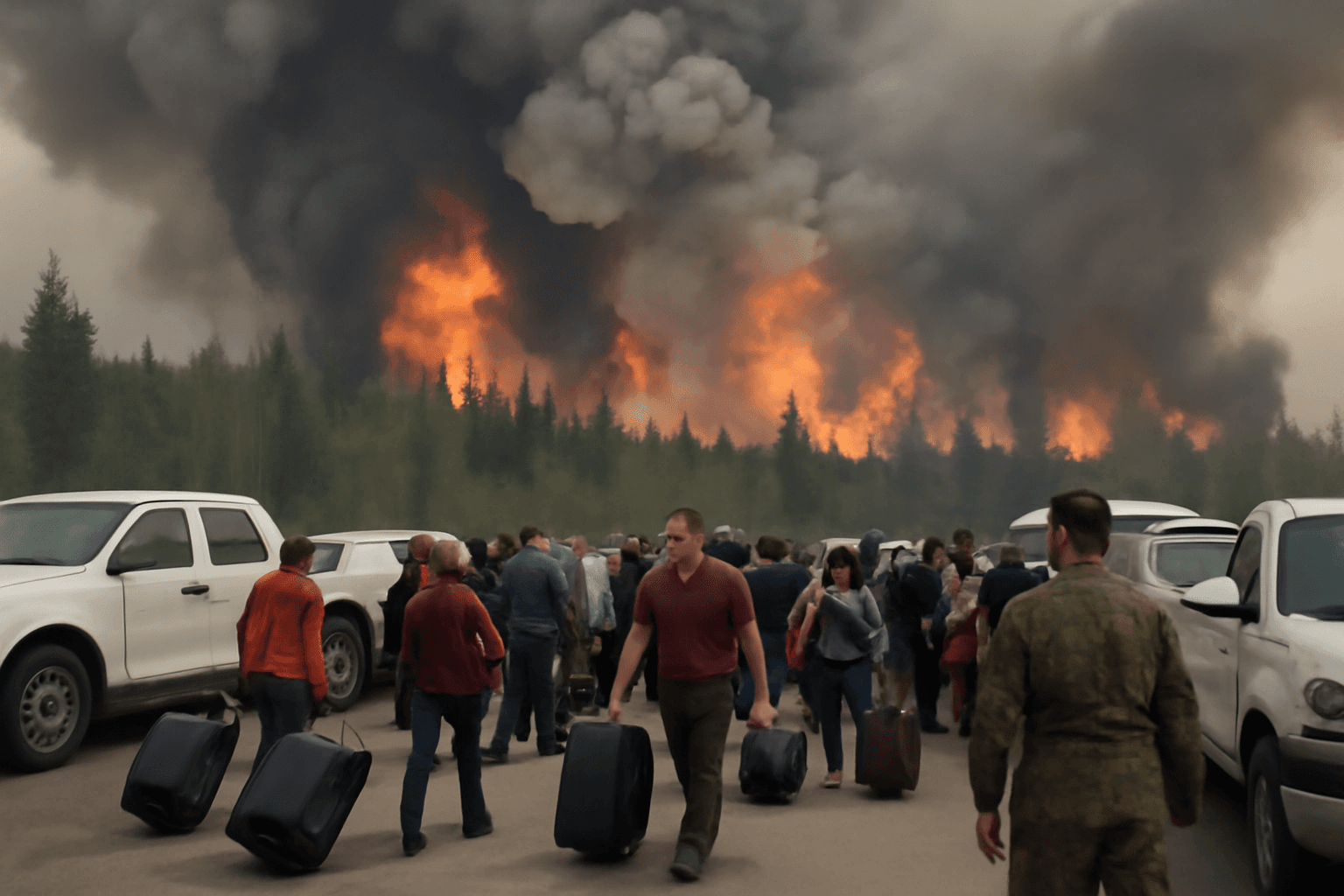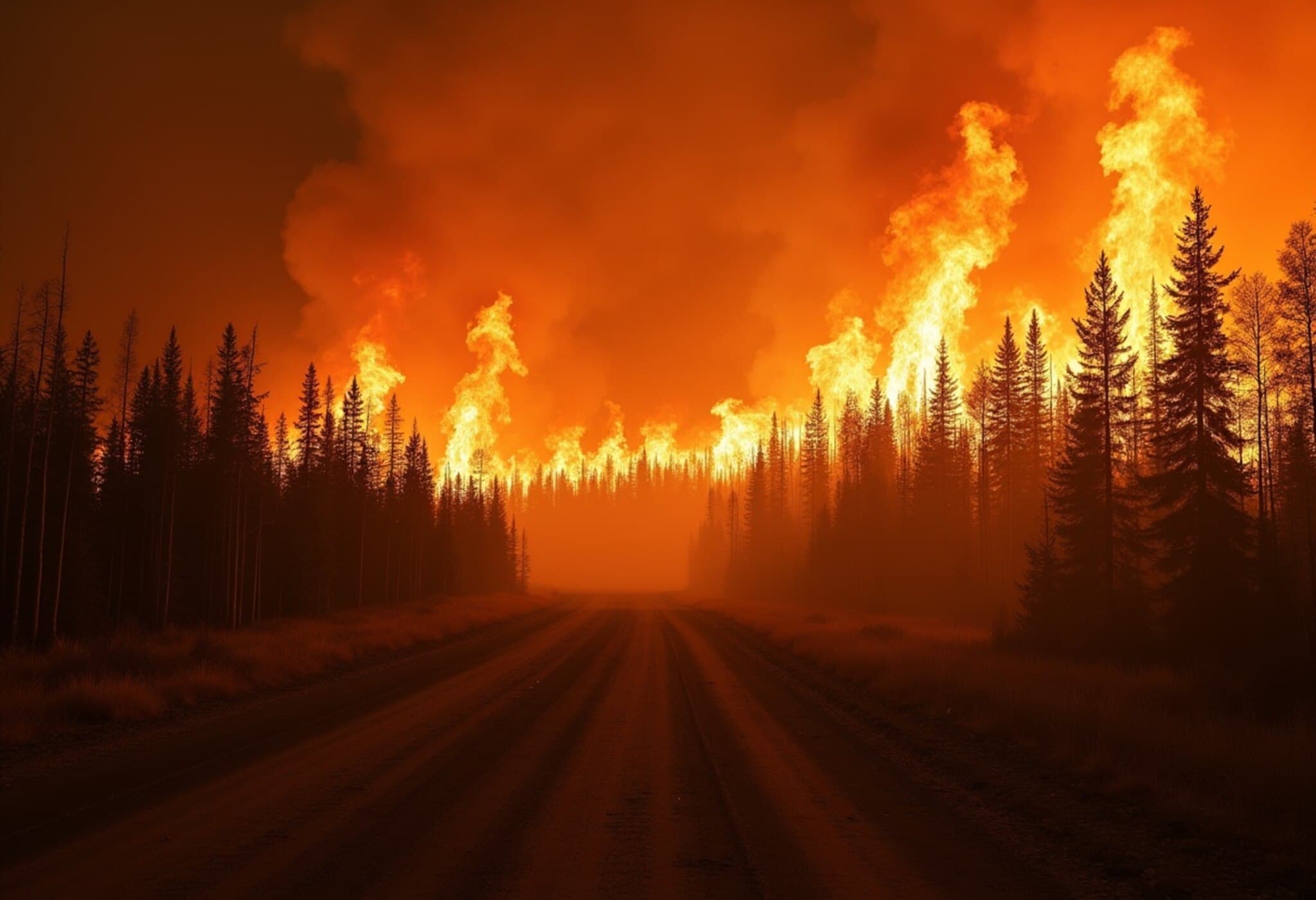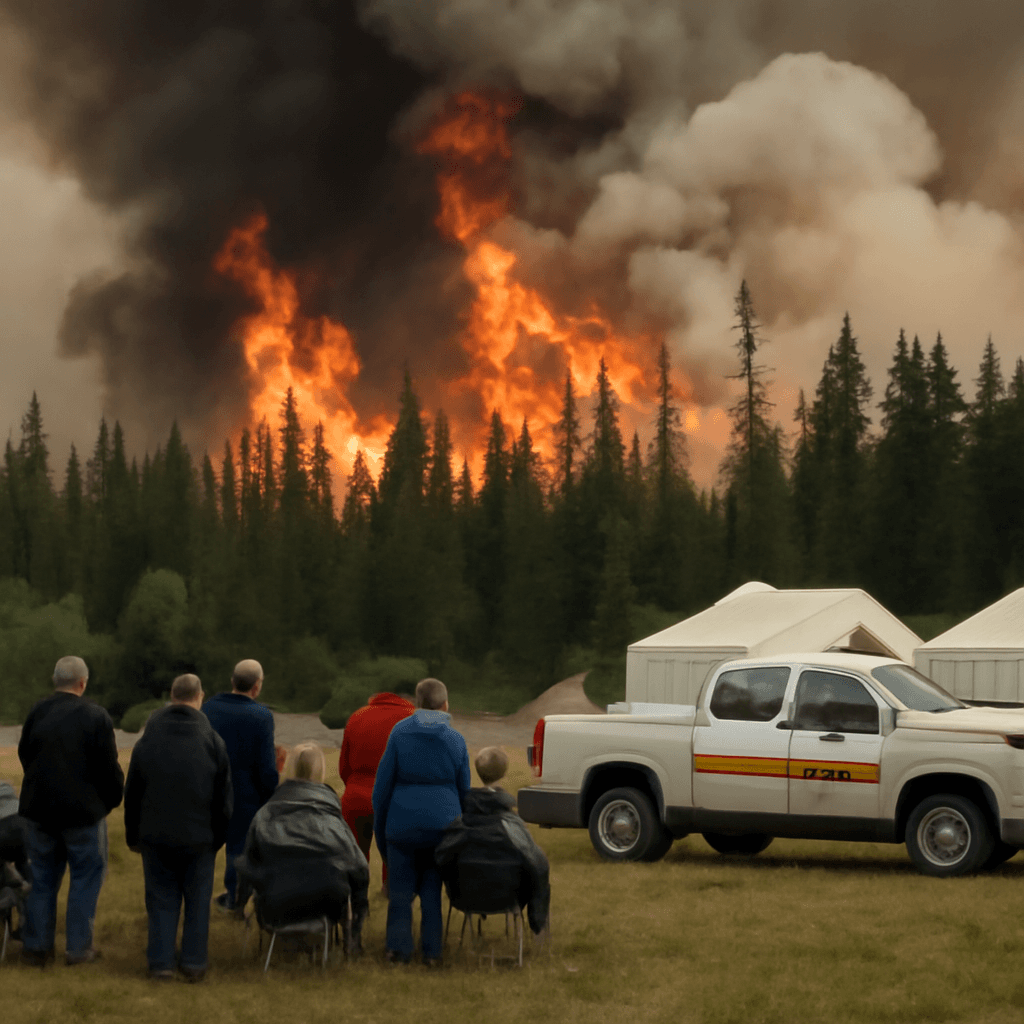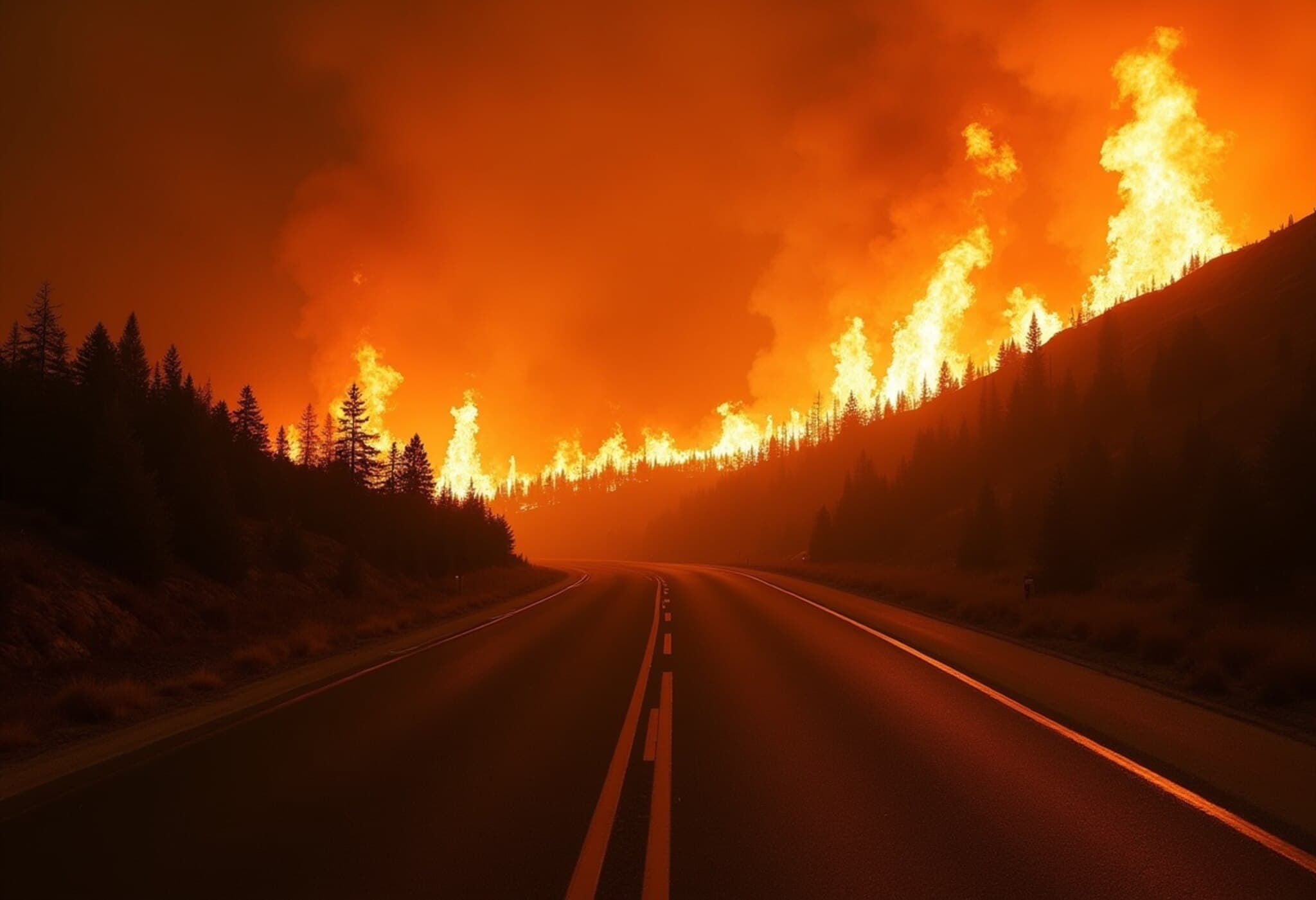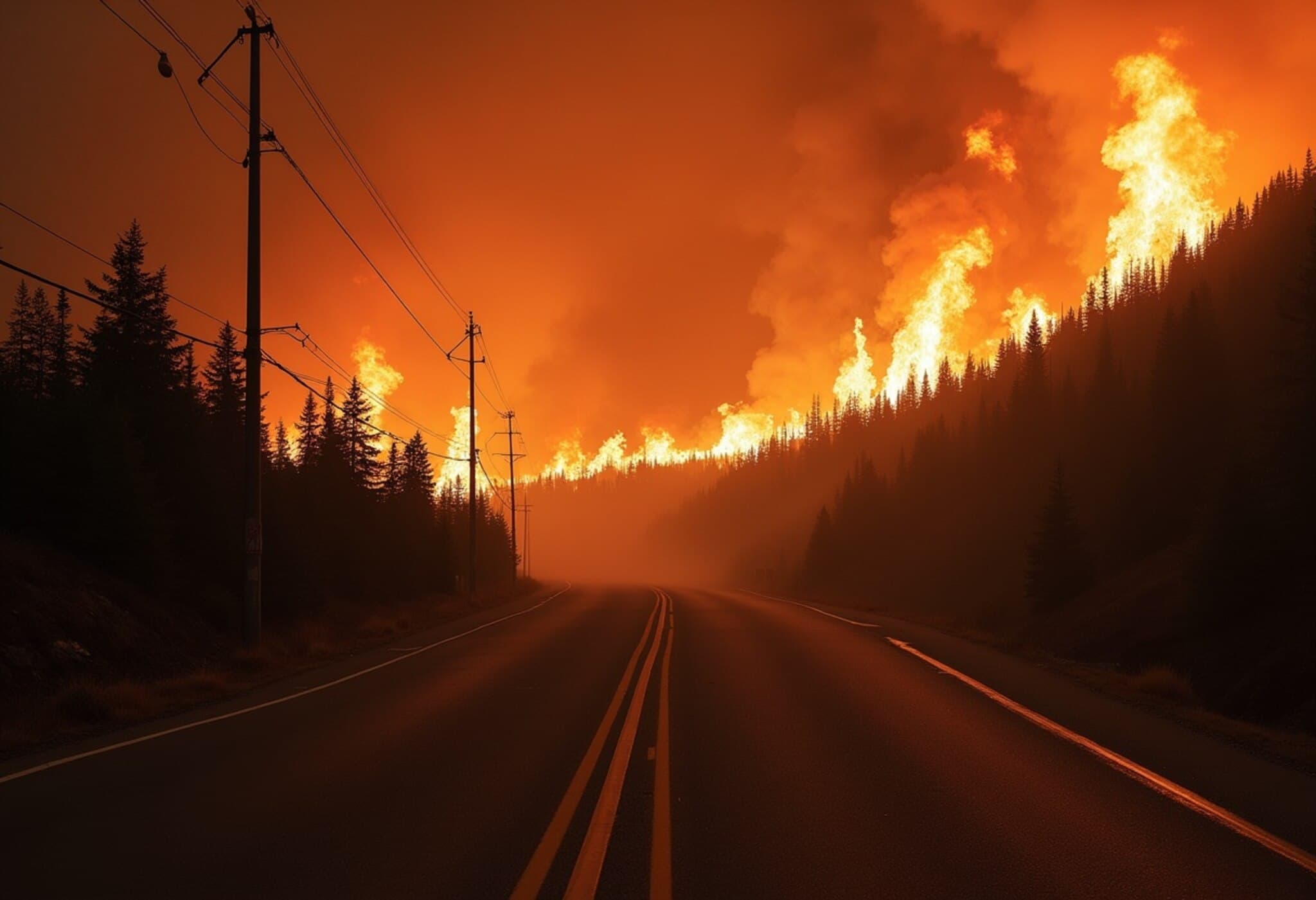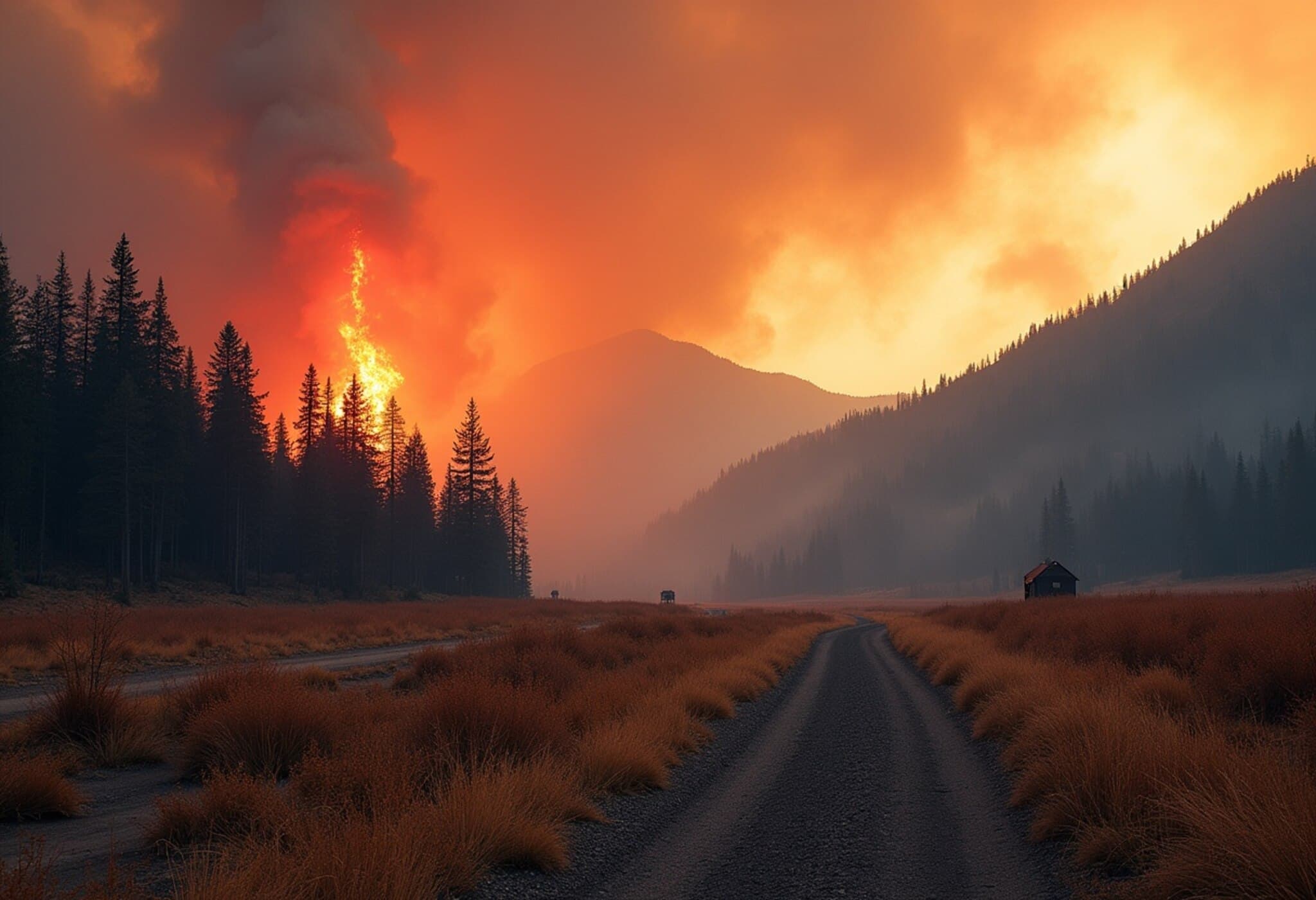Mass Evacuations in Three Canadian Provinces Amid Widespread Wildfires
Over 25,000 residents have been evacuated across Manitoba, Alberta, and Saskatchewan due to numerous active wildfires impacting large areas, forcing emergency responses throughout these provinces. Manitoba alone accounted for approximately 17,000 evacuees following a state of emergency declaration the previous week, while Alberta and Saskatchewan have evacuated around 1,300 and 8,000 people respectively, with the potential for these numbers to rise.
Air Quality Threatened Across Borders
Wildfire smoke has significantly deteriorated air quality, not only across parts of Canada but also crossing into the northern United States. Regions along the US-Canada border have reported declining visibility and unhealthy air conditions.
The Public Safety Agency of Saskatchewan highlighted that air quality and visibility can fluctuate rapidly due to wildfire smoke, increasing health risks especially as smoke concentrations intensify.
Saskatchewan’s Premier emphasized that persistent hot and dry weather is contributing to fire growth, stretching firefighting resources and complicating evacuation efforts:
"The next four to seven days are absolutely critical until we can find our way to changing weather patterns and ultimately receive significant rainfall throughout the north."
Fires Impact Key Communities and Infrastructure
In Manitoba, the city of Flin Flon, with over 5,000 evacuees, is among the most affected. Power outages have hit the nearby town of Cranberry Portage, prompting mandatory evacuations for approximately 600 residents.
The fire threatening Flin Flon originated near Creighton, Saskatchewan, crossing provincial borders rapidly. Efforts to contain the fire face challenges such as heavy smoke limiting water bomber operations and drone intrusions disrupting aerial firefighting.
US Assistance and Cross-Border Smoke Effects
Responding to the crisis, the US Department of Agriculture’s Forest Service has deployed an air tanker to Alberta and committed to sending 150 firefighters along with equipment to support Canadian efforts.
Meanwhile, the Environmental Protection Agency reported unhealthy air quality levels in North Dakota and parts of Montana, Minnesota, and South Dakota. A National Weather Service meteorologist forecasted multiple waves of additional wildfire smoke will likely affect the US over the upcoming week.
Within the US, a 50-acre wildfire in Idaho near the Canadian border caused road closures but remains separate from the larger Canadian wildfires.
Evacuation and Relief Efforts Underway
Evacuation centers have been established throughout Manitoba, including locations as far south as Winkler, close to the US border. Winnipeg has opened public spaces to accommodate evacuees amid saturated hotel capacities.
Indigenous leaders in Manitoba have raised concerns over the lack of hotel availability for evacuees, urging government intervention to prioritize accommodations for those displaced by the fires.
"It's distressing to see children sleeping on floors and families waiting in hallways and outside. Communities are exhausted and need collective support," stated Assembly of Manitoba Chiefs Grand Chief Kyra Wilson.
Outlook for the Wildfire Season
Canada’s wildfire season typically spans May through September, with 2023 marking its most severe season on record, spreading hazardous smoke across much of North America for months.
Current conditions and forecasts suggest a challenging continuation this year, underscoring the critical need for coordinated firefighting efforts and public health measures.

